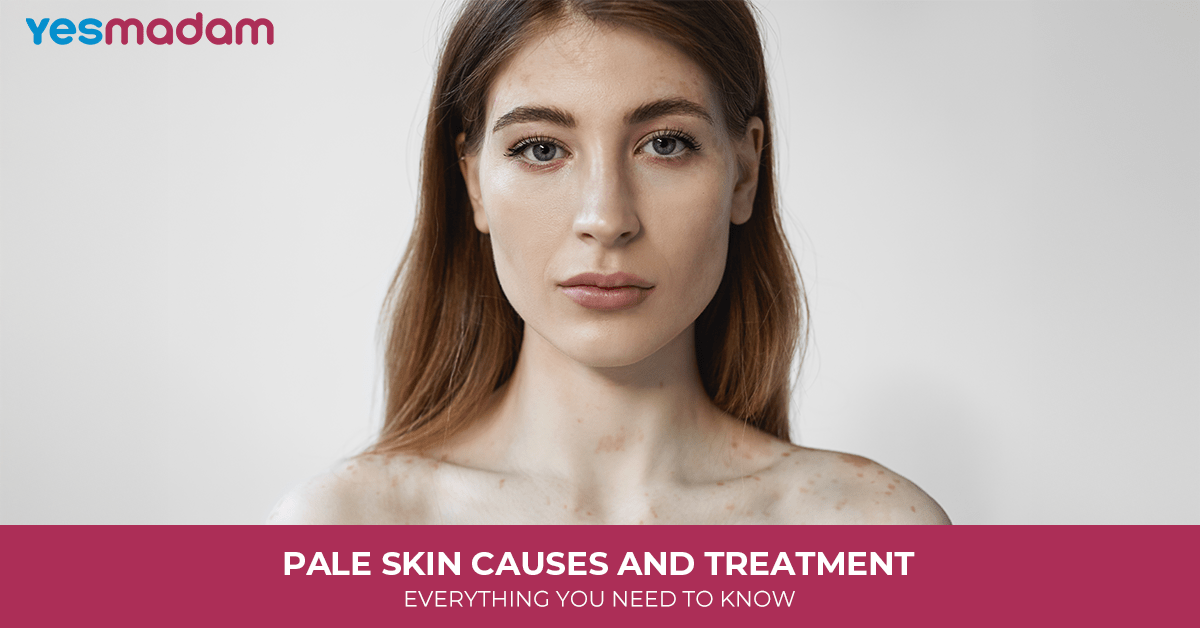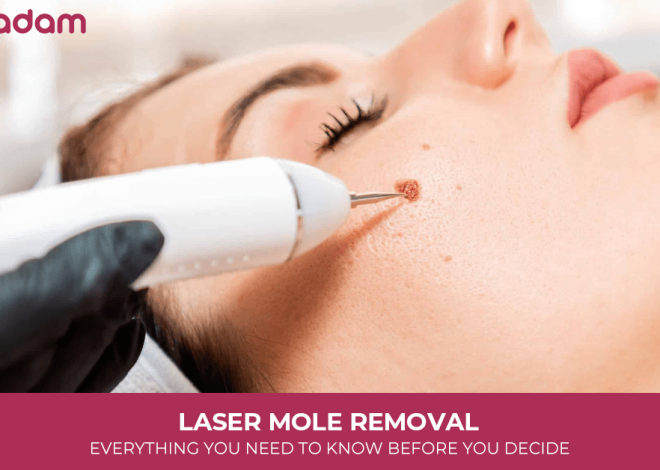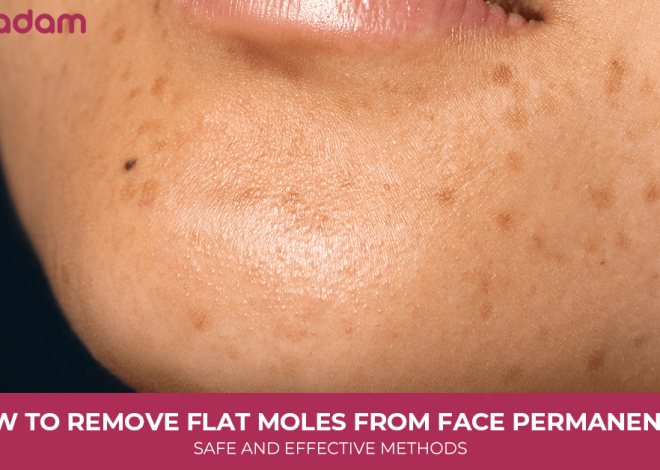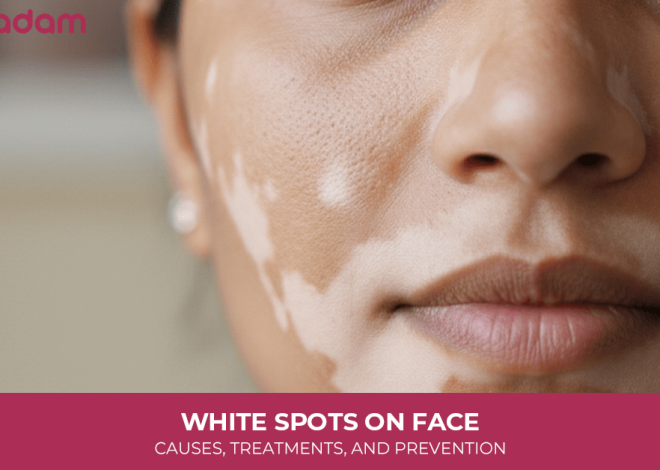
Pale Skin Causes and Treatment: Everything You Need to Know
When you notice your complexion looking unusually lighter than usual, it can be concerning. While a temporary paleness might simply mean you’re tired or cold, persistent or sudden changes can be a sign of something deeper. Understanding pale skin causes and treatment is essential because your skin often reflects your overall health. From anemia to circulation issues, pale skin isn’t always just about appearance—it’s your body’s way of signaling that something might need attention.
In this article, we’ll dive into why pale skin occurs, what it could mean for your health, and the different ways it can be treated naturally, medically, and through lifestyle changes.
Table of Contents
What is Pale Skin?
Pale skin refers to an unusually light complexion compared to your normal skin tone. It can appear all over your body or just in specific areas such as the face, hands, or lips. Sometimes, paleness may be sudden and noticeable, while other times, it can develop gradually.
It’s important to distinguish between naturally fair skin and sudden paleness. For instance, some people are born with lighter complexions, but if your skin tone suddenly appears washed out or noticeably lighter, that’s when it becomes a concern worth investigating.
More Information For You: White Spots on Face
Common Causes of Pale Skin

Before we talk about treatments, let’s look at the possible reasons behind pale skin. Paleness is not a disease itself—it’s often a symptom.
1. Anemia
One of the most common causes is anemia, a condition where your body doesn’t have enough healthy red blood cells to carry oxygen. Iron-deficiency anemia, in particular, can lead to noticeable paleness, fatigue, and weakness.
2. Poor Circulation
If blood isn’t flowing properly, your skin may not receive enough oxygenated blood, resulting in a pale or bluish tint. Circulatory problems can stem from heart issues, clogged arteries, or even sitting in one position for too long.
3. Shock
A sudden drop in blood flow, often due to trauma, injury, or severe illness, can cause extreme paleness. This type of paleness is a medical emergency and requires immediate attention.
4. Vitamin Deficiencies
Lack of vitamin B12 or folate can reduce red blood cell production, leading to paleness and fatigue.
5. Infections and Illnesses
Serious infections, such as sepsis or pneumonia, can also trigger pale skin as the body directs blood away from the skin to vital organs.
6. Chronic Conditions
Long-term illnesses like kidney disease, cancer, or hypothyroidism may contribute to persistent paleness.
7. Temporary Causes
Not all cases are alarming. Sometimes paleness is caused by being cold, experiencing stress, or even dehydration. These usually improve with rest, hydration, or warmth.
Don’t Miss: How to Remove Flat Moles From Face Permanently
When to Seek Medical Help
It’s crucial to know when paleness is just a minor concern versus a warning sign of something serious. You should see a doctor if:
- Paleness appears suddenly and is accompanied by dizziness, chest pain, or shortness of breath.
- You notice persistent fatigue, unexplained weight loss, or frequent infections.
- Paleness is localized in certain areas, such as only your lips or fingernails.
Early diagnosis is key in addressing underlying health problems effectively.
Treatment for Pale Skin
Now that we’ve covered the possible causes, let’s explore the treatment options. Treatments vary depending on the underlying cause, so the first step is always to identify the root problem.
1. Medical Treatments
- Iron supplements: For anemia caused by iron deficiency.
- Vitamin B12 injections or tablets: For B12 deficiency.
- Medications for chronic conditions: Such as thyroid replacement therapy or treatments for kidney disease.
- Blood transfusion: In severe cases of anemia or blood loss.
2. Natural and Home Remedies
- Dietary changes: Eating iron-rich foods like spinach, red meat, beans, and fortified cereals.
- Staying hydrated: Adequate water intake ensures better blood circulation and skin health.
- Managing stress: Relaxation techniques can prevent stress-induced paleness.
3. Lifestyle Adjustments
- Get enough rest and quality sleep.
- Incorporate exercise to improve circulation.
- Limit alcohol and smoking, as both affect oxygen levels and blood circulation.
Preventing Pale Skin
While not all causes are preventable, maintaining a healthy lifestyle can reduce your risks.
- Balanced diet: Ensure your meals include iron, folate, and vitamin B12.
- Routine check-ups: Regular blood tests can detect issues early.
- Healthy habits: Avoid smoking and limit caffeine intake.
Prevention is always better than cure, and listening to your body is the first step toward better skin and health.
Living with Pale Skin
Sometimes, pale skin may not indicate a severe issue but can still affect your confidence. In such cases, skincare routines, hydration, and mindful eating can make a difference. Using natural moisturizers, sun protection, and stress management practices can help you maintain a healthy glow even if your complexion is naturally lighter.
Conclusion
Your skin is a powerful health indicator, and sudden or persistent changes should never be ignored. By understanding pale skin causes and treatment, you can make informed decisions about your health and well-being. Whether it’s a simple nutritional deficiency or a sign of something more serious, addressing the root cause with proper care can restore not only your skin tone but also your overall vitality.
FAQs
1. Can pale skin be a sign of serious illness?
Yes, pale skin can indicate underlying health issues such as anemia, poor circulation, or even infections. While sometimes harmless, persistent paleness should be checked by a doctor.
2. Is pale skin always caused by anemia?
No, anemia is a common cause but not the only one. Pale skin can also result from shock, vitamin deficiencies, or chronic diseases.
3. Can dehydration cause pale skin?
Yes, dehydration can reduce blood volume and make your skin appear lighter than usual. Drinking enough fluids can help restore normal color.
4. How does stress affect skin color?
Stress can trigger hormonal changes and reduced circulation, making the skin look pale or dull. Managing stress through relaxation techniques can improve your complexion.
5. Does cold weather make skin pale?
Absolutely. Cold temperatures cause blood vessels to constrict, reducing blood flow to the skin and creating a pale appearance. This usually resolves once you warm up.
6. What vitamins are important for preventing pale skin?
Iron, vitamin B12, and folate are essential for healthy red blood cell production. A deficiency in any of these can lead to paleness.
7. Can pale skin be temporary?
Yes, temporary paleness can occur due to cold, fatigue, or stress. If it resolves quickly, it’s usually not a major concern.
8. Should I use skincare products for pale skin?
While skincare products can improve overall appearance, they won’t treat the underlying cause. Focus on diet and health first, then support your skin with moisturizers and sunscreen.
9. Is pale skin linked to low oxygen levels?
Yes, reduced oxygen in the blood can cause pallor, especially around lips and fingernails. This often signals a circulation or respiratory issue.
10. How can I naturally improve pale skin?
Eating a balanced diet, staying hydrated, exercising regularly, and getting enough rest are natural ways to improve skin color and overall health.



